Miniature and microgearing with high precision and tight tolerances is used to deliver accurate low-backlash power transmission complementing small electric motors in:
• Medical devices and surgical tools
• Aerospace rovers and satellites
• Small motorized electronics.
Such gearing is most often paired with small dc motors that is either brushed or brushless — with coreless permanent-magnet motor types increasingly common in these applications.
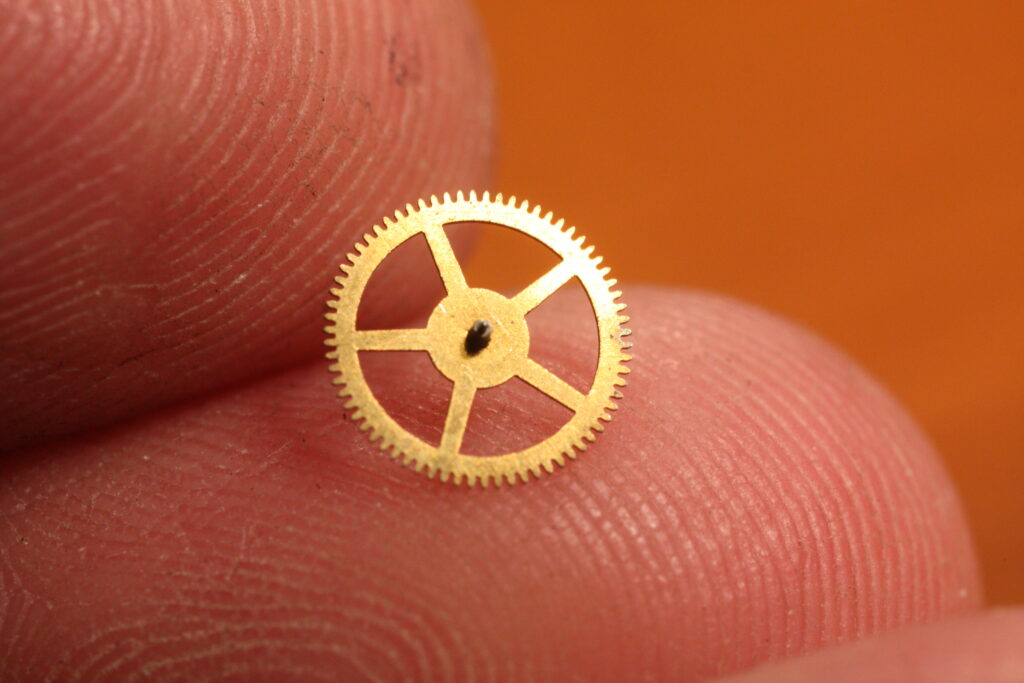
Consider a specific haptic application — that of electronic fly-by-wire flight control. In these systems, a pilot’s steering movements aren’t transferred via conventional mechanical or hydraulic actuators. Instead, electronic transmission occurs via force -feedback feeling through the motor assembly in a joystick control column. Such haptics-generating motor-driven designs benefit from miniature gearing capable smooth backdrivability and simultaneously generating torque and force based on joystick position.
Gear arrangements in these and other miniature and microdesigns are often customized with specialty mounting geometries, tooth profiles, diameters, and integrated sensing or other components.
What’s more, such miniature gears are usually constructed from high-strength materials to maintain overall design compactness. Subcomponents of stainless steel, titanium, and specialized plastics and composites are common where the gearing is destined to be implanted in the human body due to these materials’ corrosion resistance and biocompatibility; for the latter, additional surface treatments are sometimes applied to gear housings to discourage bacterial growth. Gears made of noncorrosive materials are often customized by component suppliers using precision molding and machining capabilities in controlled settings to satisfy FDA medical-manufacturing requirements.
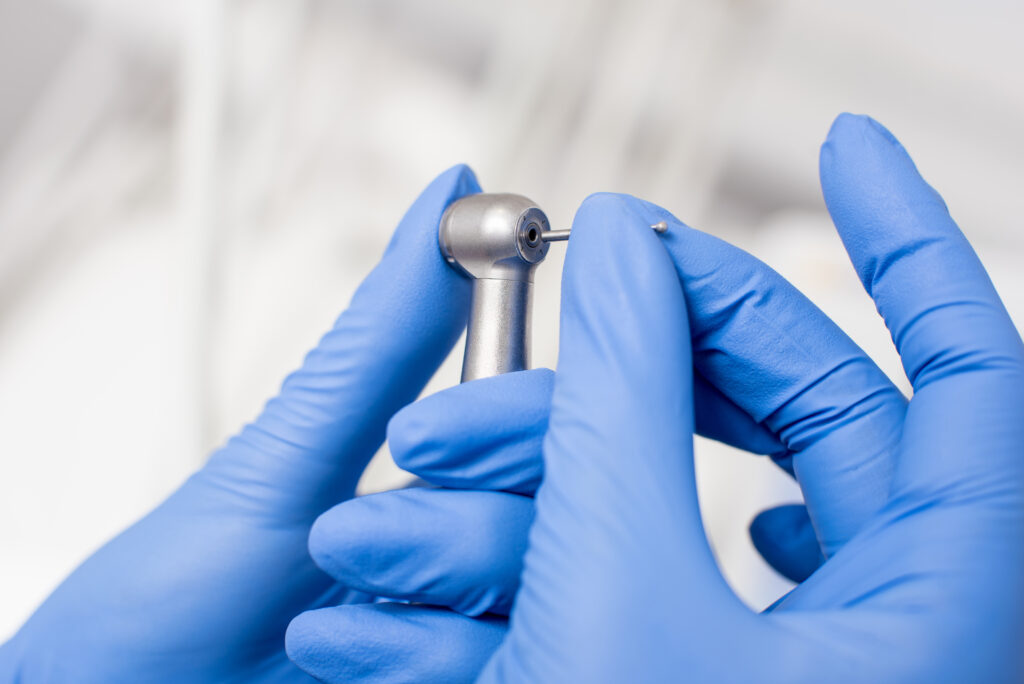
Expressions of miniature gear sizing
Gear modules are a unit of measure defined by the International Organization for Standardization (ISO) expressing gear-tooth size or pitch, spacing, and how the gearset assembly meshes. Defined as the gear pitch diameter divided by the number of teeth, this module relates overall gear size to that gear’s number of teeth. Sets of gears must have matching modules.
Miniature gearsets having 0.2 modules feature a 0.2-mm pitch diameter for each tooth. This makes for very fine and small teeth to operate in watches, micromotor-driven electronics, and small medical devices … though these gearsets can only be produced through advanced manufacturing approaches. Module-0.3, 0.4, and 0.5 gearing in contrast is common where more power is needed — as in small pumps and autonomous consumer electronics. Module-0.8 to 1.0 gearsets (at the high end of what’s generally considered miniature) deliver more torque than the smallest gears can provide for small automotive, medical, and robotics applications.
Applications in medical settings
Miniature and microgears for medical devices must meet regulatory requirements and exacting standards to ensure patient safety. Satisfaction of additional sterilization, RoHS, biocompatibility, and MTBF requirements may also be necessary. Manufacture of these gearsets is often executed in cleanroom settings to ensure the substantial engineering, customization, and applied material science is expressed in the final component assembly. Machined and molded subcomponents are typically pre-integrated by the supplier for the same reason. That’s true whether a miniature gearset is produced for prototyping quantities or full production runs.
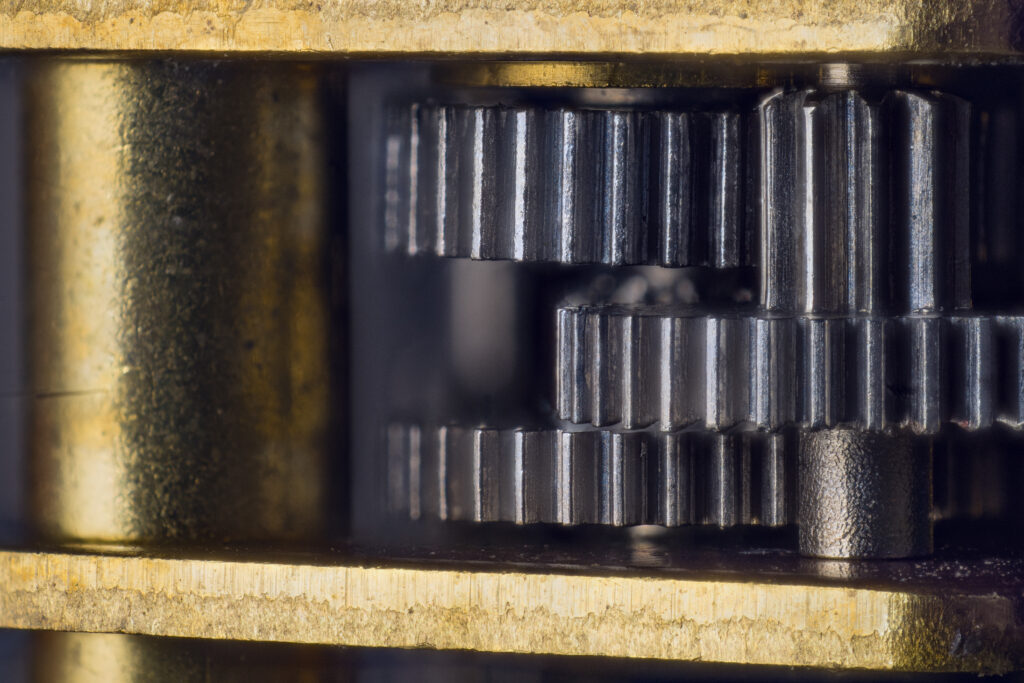
In laboratory automation, miniature and microgears in dc gearmotors are used in blood and gas analysis machinery, genomic testing equipment, cytometers, and automated diagnostic systems. The smallest gearsets find use in analyzers and centrifuges where exacting control over speeds ensures properly processed biological samples.
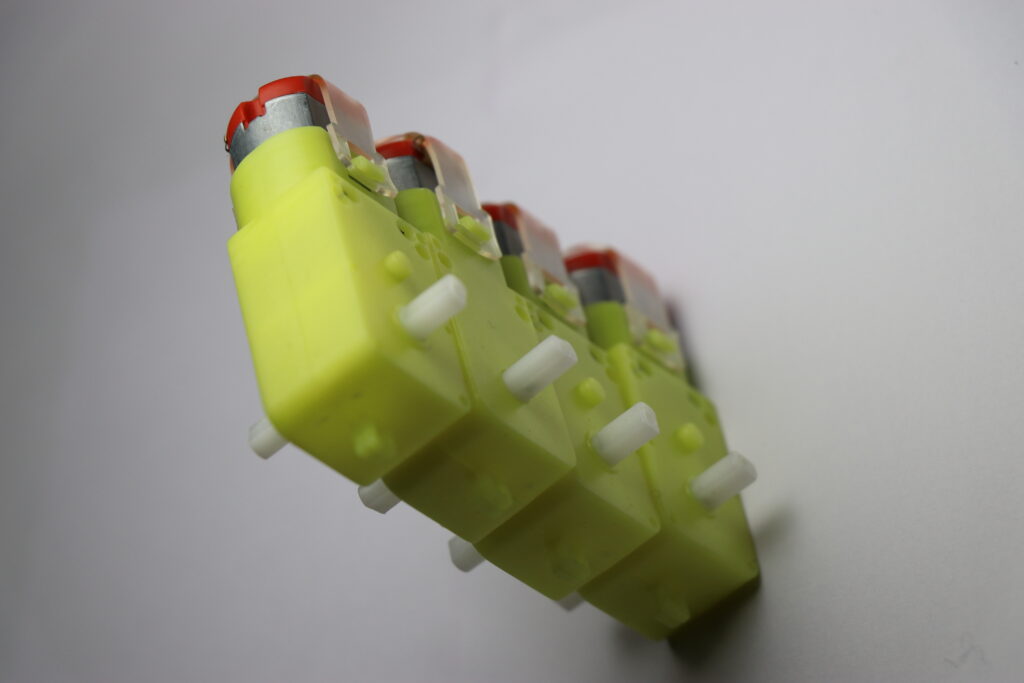
Miniature and microgears are used medical robotics as well. Module 0.2 gears in particular find use in surgical robots to allow for accurate motion control over minimally invasive procedures. The compactness of such gearsets allows for the smallest possible robotic end effectors to delicately maneuver through and manipulate small-scale structures in the human body. Linear performance characteristics make motorized systems featuring these gears suitable for applications requiring tight motion control. Case in point: Ophthalmic surgical and diagnostics tools (for which accurate control is paramount) often incorporate module-0.3 gears to facilitate fine positioning of tools on delicate and complex eye structures.
Cardiorespiratory equipment as well as other medical fans and pumps also make copious use of miniature and microgears. Module-0.2 gears in micropump motorized designs (including those for renal care and drug-delivery systems) allow for precise control over fluids to ensure dosing is accurate. In contrast, the most common wearable insulin pumps (for which patient safety and treatment efficacy are paramount) feature precision module-0.3 gears. Other implantable medical devices such as cardiac-assist devices, neurostimulators, and implants feature miniature and microgears primarily designed for long-term reliability.
In handheld medical tools such as dental drills and portable handheld instruments for emergency medical services, precision module-0.2 gears are widely used to maintain the design accuracy of lightweighted equipment. Many endoscopic and laparoscopic devices integrate miniature module-0.3 gears in tool end effectors that execute the precise cuts associated with biopsies and other manipulations.
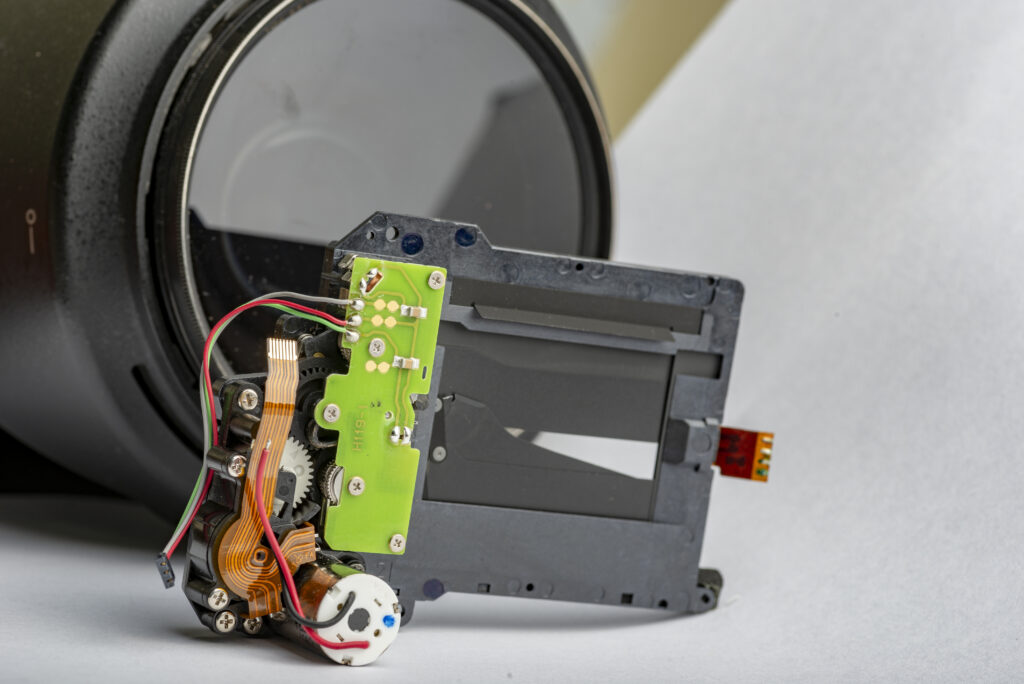
Bearings are key to miniature and micro gear designs
Even the smallest gearsets require shaft bearings to allow gears to turn. Some include simple steel pins to serve as plain bearings. Others include modestly more rugged ceramic pins for plain bearings to satisfy high torque and life as well as low noise and backlash requirements. Still others incorporate FDA-compliant miniature ball bearings and pillow block bearings made of engineered plastic. However, the most demanding applications may benefit from needle roller bearings.
High-performance miniature products complete with miniature needle bearings on which the tiny gears spin allow backdriving and maximize efficiency, which is especially important on small battery-powered designs.
Consider haptics-reliant surgical robots for minimally invasive microsurgeries and telesurgeries. Doctors performing surgery via these robots dynamically and instantaneously feel forces equivalent to those exerted by the robot end effectors. Here, gearboxes with smooth backdrivability are essential. Miniature gearsets with needle roller bearings deliver on this parameter even on axes needing gear ratios necessitating two or three stages. Traditional gearing exhibiting uneven or sticky backdrivability is mechanically noisy and unusable in these robots.
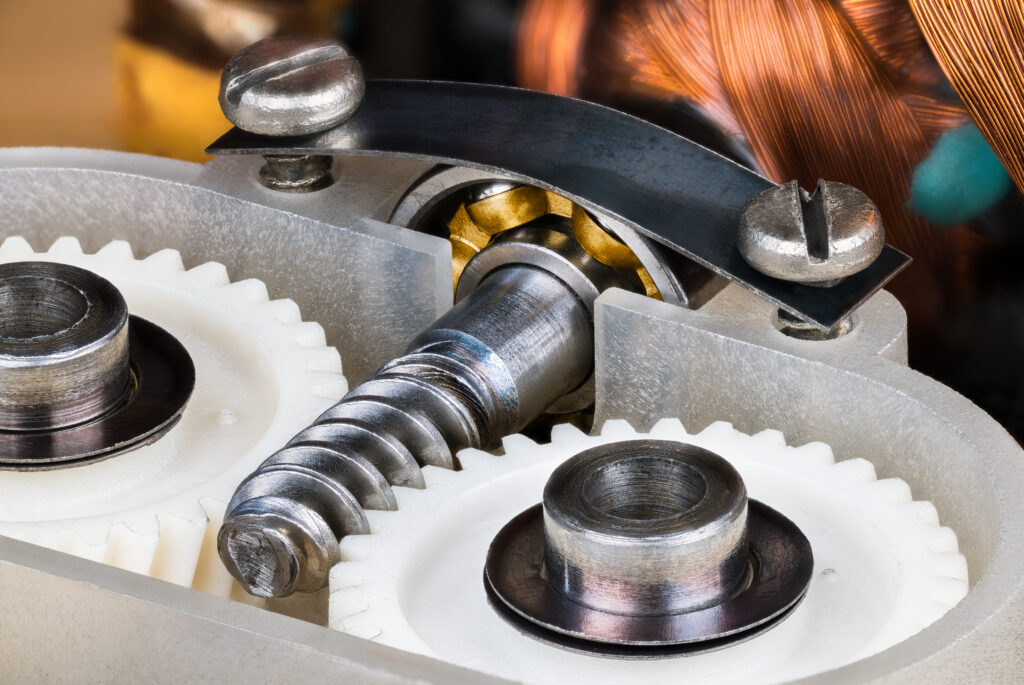
Considering miniature gear lubrication
Miniature gearing either employs oil or grease lubrication or features self-lubricating elements compatible with the destination setting. Where oil or grease are used, cooler operation can significantly extend lubricant life (and gearset life with it) because there’s less thermal stress. So, gear teeth are slower to shed abrasive particles and the lubricant is slower to exhibit chemical breakdown. Of course, medical devices require the use of nontoxic and biocompatible lubricant.
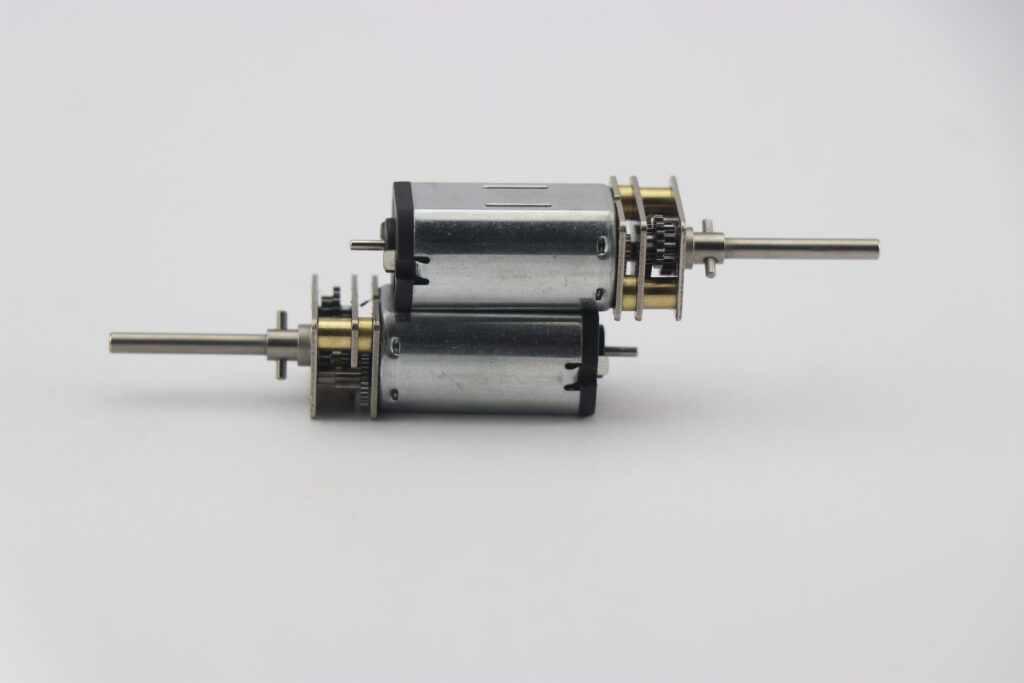
The special case of planetary gearing
Miniature planetary gearsets offer advantages over other miniature gearsets including multiple kinematic combinations, power density, big reductions from compact setups, and pure torsional reactions. With precision sets, losses never exceed a few percent per stage. That’s helpful for boosting overall design efficiency and keeping assemblies cool — a key objective where miniature gear and motor pairings drive handheld tools.
Some miniature planetary gearing with multiple stages can get efficiencies to 90% — far better than the 70% or so of comparable designs. So, if fitted with an otherwise identical motor and controller, a system with this gearing can output 30% more power or consume 20% less input to deliver a given output. If the design happens to use a brushed motor, that extends the brush and overall system life. Plus, more efficient gearing lets the motor operate at higher on the efficiency-torque curve or (with the help of control electronics) allow use of a smaller and lighter motor.
Miniature planetary gearing efficiency is particularly useful in battery-powered medical devices and other miniature designs because it’s key to helping them operate longer between charges and battery swaps.
Miniature gearsets featuring rolling-element bearings mentioned earlier are especially well suited to haptic force-feedback applications because their smooth-turning planet gears allow repeatable backdriving from the system output. So, torque feedback via the gearset to the motor on the gearing’s input is consistently proportional to the load. Traditionally built planetary gearheads can’t guarantee smooth backdrivability or consistent load interpretation through the gearbox. That’s because of their fluctuating efficiency, variable tolerance stackup between gearbox internals, and the potential cocking of planet gears.

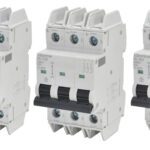
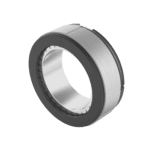
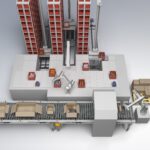
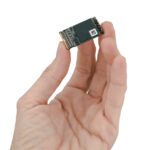
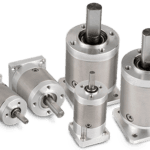

Leave a Reply
You must be logged in to post a comment.